Sound: 









Value: 









(Read about our ratings)
Measurements can be found by clicking this link.
Much like with stock picking, key to selecting an audio component is researching the company behind it. Among my selection criteria are brand reputation and the length of time the company has been in business. Equally important, of course, is researching the component itself. When selecting a headphone amplifier, I try to find out its true power ratings, design goals, sound signature (I like my amplification slightly on the warm side of neutral), and the likelihood it could soon be supplanted by a newer model. What complicates matters is the sheer variety of designs, shapes, and sizes of headphone amplifiers and their abstruse specification sheets, which confound even seasoned audiophiles at times.
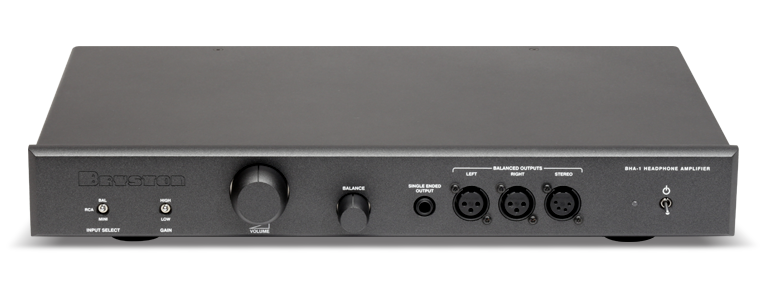
Canadian audio electronics manufacturer Bryston, based in Dwight, Ontario, has been designing and handcrafting audio electronics for the consumer and professional markets for about 50 years. With a 20-year warranty on analog audio products and loudspeakers and a 5-year warranty on digital products, durability and reliability are clearly some of Bryston’s primary design goals.
Bryston’s BHA-1 headphone amplifier ($2495; all prices USD) was designed and built not only to last a minimum of 20 years but also to withstand obsolescence during this time. As strictly a preamplifier-amplifier, it is based on a relatively mature technology; and in relying on an external digital-to-analog converter (DAC), it avoids locking in a technology that is rapidly evolving. The BHA-1 was released about 12 years ago and, according to its maker, has withstood the test of time. It is an extremely well-built amplifier.
Case and controls
The 11.7-pound BHA-1 arrived well packed, tucked in a nicely textured dust bag, nestled within a thick cardboard bumper. Also in the box were an owner’s manual and a C13 power cord. The manual is comprehensive, containing anything you’d ever want to know about the amp, including full schematics of its electronic innards and detailed dimensions.
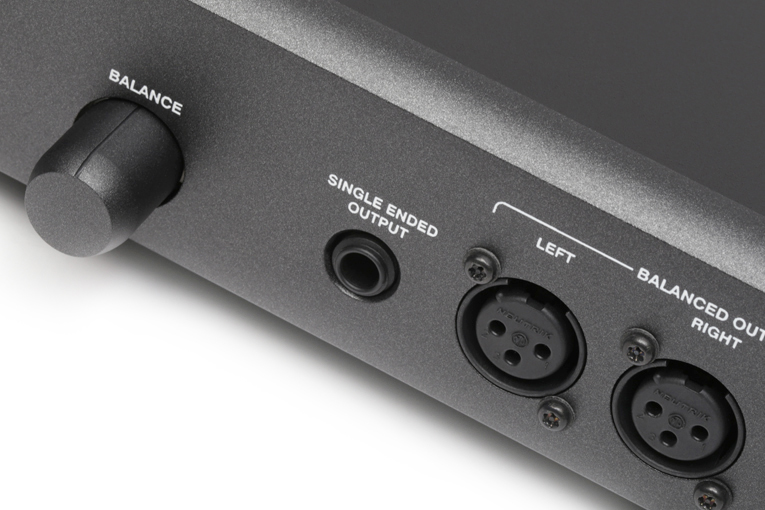
The BHA-1 is a sleek full-width component with a beautifully finished anodized aluminum faceplate with sharp-looking beveled edges. The faceplate is available in silver or black in two widths: 17″ and 19″. A rack-mountable 17″ version that is compatible with rack mount ears is also available. My review sample had the silver faceplate. The BHA-1 stands only 2.71″ tall and is 11.1″ deep.
Bryston uses a high-quality internal (analog) power supply, but an optional external power supply, the MPS-2 ($1865), is also available. The BHA-1 and MPS-2 are nearly identical in form factor and make for a neatly stacked set. A special-order version of the BHA-1, the BHA1-X, is intended for use with the MPS-2 and has no built-in power supply.
The BHA-1’s case contains no fans as it is cooled most effectively by convection. I left the unit on the entire time I had it, and it remained cool to the touch. No heat radiated from it, not even after long listening sessions.
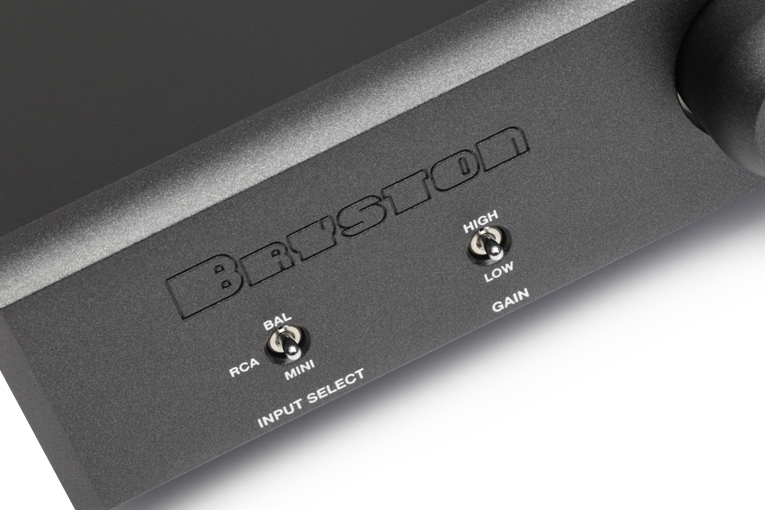
Four controls and four outputs populate the faceplate. On the left, directly below the etched Bryston logo, are two silver switches: a three-way toggle switch for input selection (XLR balanced, RCA unbalanced, and 3.5mm mini stereo) and a two-way toggle switch for gain. High gain is approximately 20dB, low gain approximately 14dB. To the right of those two switches is the laser-trimmed knob of the Noble-made volume control. To the right of the volume control is a balance control—a nice touch. Listeners with compromised hearing in one ear, rest assured: balanced sonic bliss can still be yours!
Connections and measurements
The BHA-1 can drive a wide variety of headphones through balanced and unbalanced outputs, set on the right side of the faceplate: a pair of three-pin XLR jacks, one four-pin XLR jack, and a single-ended 1/4″ TRS jack. The unbalanced output uses only one of the two output stages and therefore can deliver only half of the amplifier’s available power. The BHA-1 is capable of driving two headphones simultaneously, using a Y-adapter, but the total load must not exceed what its power can handle; otherwise, performance will suffer. To the right of the outputs is an LED status indicator and the power switch.
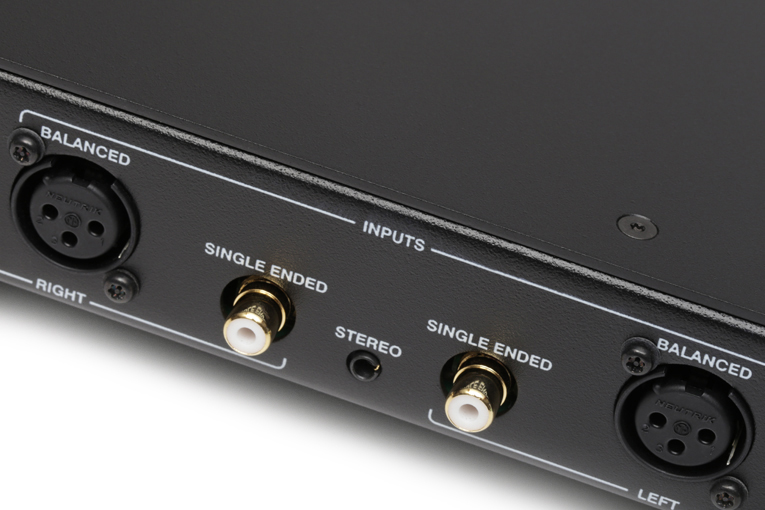
On the rear panel, on the left, is a fuse drawer and power inlet, a remote trigger input, a 3.5mm stereo mini-jack input, a pair of unbalanced RCA inputs, a pair of balanced inputs (three-pin female XLR), and a pair of balanced outputs (three-pin male XLR). All jacks are gold-plated.
According to the attached final-checkout sheet, my specific unit, at 2kHz, was measured at 2Wpc into 32 ohms before clipping. Total harmonic distortion at full output power was measured at 20Hz, 200Hz, 2kHz, and 20kHz. It was as low as 0.00151% and never higher than 0.00289% in either channel. (The BHA-1 is specified to have a harmonic distortion of less than 0.003% at 100mW from 20Hz to 20kHz.) Intermodulation distortion was measured at 0.0095% for one channel, 0.0099% for the other. My Meze Rai Solo in-ear monitors (IEMs) were dead quiet on the low-gain setting and I heard only the slightest noise on the high-gain setting. (The sensitivity of these IEMs is specified as 105dB at 1mW, 1kHz.)
System and cables
To first get a sense of the performance of the preamplifier section of the BHA-1, I embedded it into my system, between my Simaudio Moon 390 streaming DAC-preamplifier and Simaudio Moon 760A power amplifier, components I am well familiar with. I connected the BHA-1 to the fixed RCA output of the Moon 390 using a pair of Shunyata Research Venom RCA interconnects, and I connected it to the Moon 760A using the balanced pair of Kimber Kable Select KS 1116 interconnects that normally connect the two Moon components. My Klipsch Forte III speakers are connected to the Moon 760A with Kimber Kable Ascent Series 8TC speaker cables.
The two Moon components and BHA-1 were all powered by the Audioquest Niagara 1200 power conditioner via Shunyata Research power cables: a V10 NR cable routed power to the Moon 760A, a V12 NR cable to the Moon 390, and a Venom HC v2 cable to the BHA-1. The Audioquest Storm Series Thunder power cable supplied wall power. The Bryston manual cautions users against the use of a power conditioner, which can impede the supply of current and degrade transient response. It advises that a power isolation transformer be used instead, such as the Bryston BIT15 or BIT20, which improves current delivery and provides high instantaneous power through a large toroidal transformer. I have not experienced any issues with my Niagara 1200 power conditioner with any of the power amplifiers I have owned, so that is what I used for this audition.
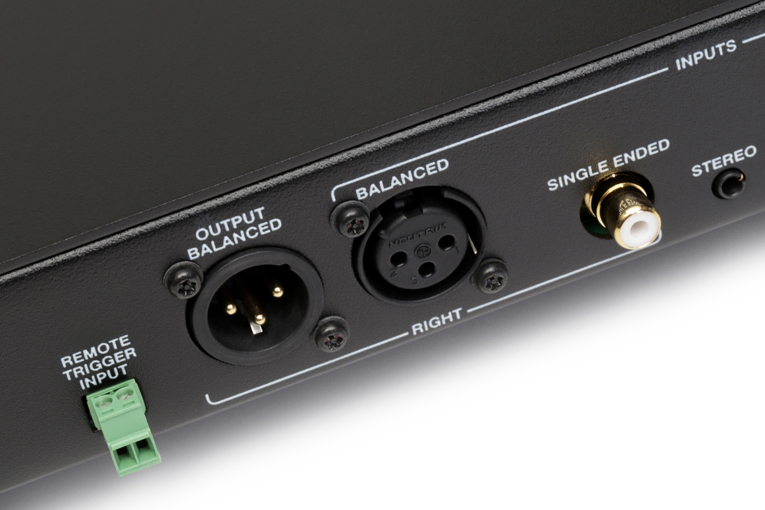
My two music sources were the Innuos Zen Mk3 music server, streaming music via Roon, and my Pear Audio Blue Captain John Handy turntable, which is equipped with a Cornet 1 tonearm and a Hana ML moving-coil cartridge.
I use my Moon-Klipsch system for television and movies too. I love its sound dynamics with action sequences, but I’d rather spare my neighbors my (often late-night) joy of full-blown cinematic explosions, crashes, and shootouts. A remote comes in handy to quickly rein in the soundtrack in such scenes. Unfortunately, the BHA-1 has no remote control.
Once I gained a good sense of the performance of the BHA-1 as a preamplifier, I proceeded to evaluate it as a headphone amplifier, still using the fixed output from the Moon 390. I listened to it with three different headphones: the open-back Sennheiser HD6XX ($199), with balanced four-pin XLR cables; closed-back Audeze LCD-2 ($899), with stock single-ended 1/4″ cables; and open-back Fostex TH616 ($1299.95), also with stock single-ended 1/4″ cables.
Last, I replaced the Moon 390 with a Chord Qutest DAC, which has great filter options, and a Raspberry Pi acting as a Roon endpoint. Here I used the Audioquest PowerQuest 3 power conditioner with the Shunyata Venom HC power cable. The Raspberry Pi is a very capable streamer, so I was not too worried about it affecting the sound and skewing the comparison.
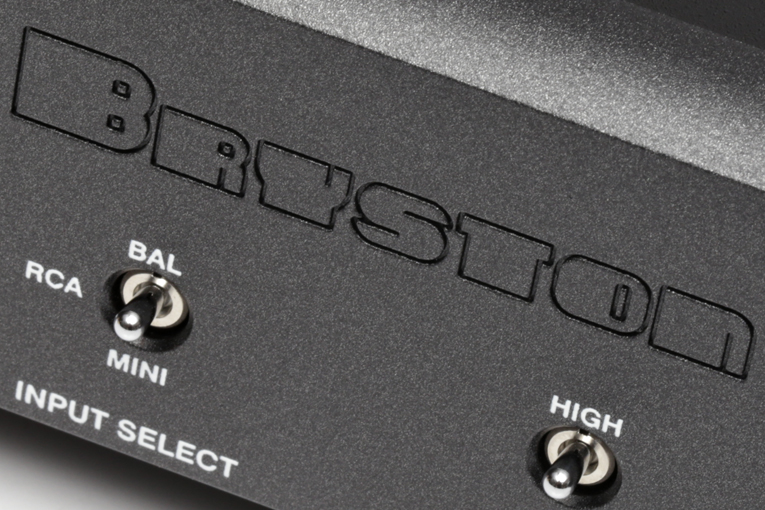
I had to be very careful going from using the BHA-1 as a headphone amplifier to using it as a preamplifier with the Moon 760A. The volume had to be turned all the way down and the gain switched to low. Neglecting to switch the gain once, I could hear the playback from the speakers even though the volume was set to minimum. I also noticed that the volume control was extremely sensitive. The slightest turn changed the output dramatically. With the gain at the low setting, however, the BHA-1 was silent at minimum volume, and volume adjustments affected the output more gradually.
Sound
With the BHA-1 serving as a preamplifier, I immediately noticed how expansive and open the presentation was. I had a strong sense of space and instrument separation. It was also more forward than with the Moon components alone. Micro dynamics, too, were more pronounced with the BHA-1. The bass was extremely well defined but had less weight than with the Moon 390 as a streamer-DAC-preamplifier. Still, it had impact. I would not characterize it as thin. The overall sound of the system with the BHA-1 serving as a preamp had a different flavor, to be sure, but it was still most satisfying.
The first recording I listened to was a transcription for cello and orchestra of the “Lacrimosa” from Mozart’s Requiem on the album Classic, with the Croatian cellist Stjepan Hauser and the London Symphony Orchestra under Robert Ziegler (24-bit/96kHz FLAC, Sony Classical / Qobuz). What stood out most here was the height of the soundstage: it extended well above the 36″ height of my speakers. Many moons ago, I was in a choir whose conductor was so strict about timing that he would sometimes voice our parts audibly. While listening to this album, there were moments I could just about hear Ziegler mouthing the timing to the LSO players, which put a smile on my face.
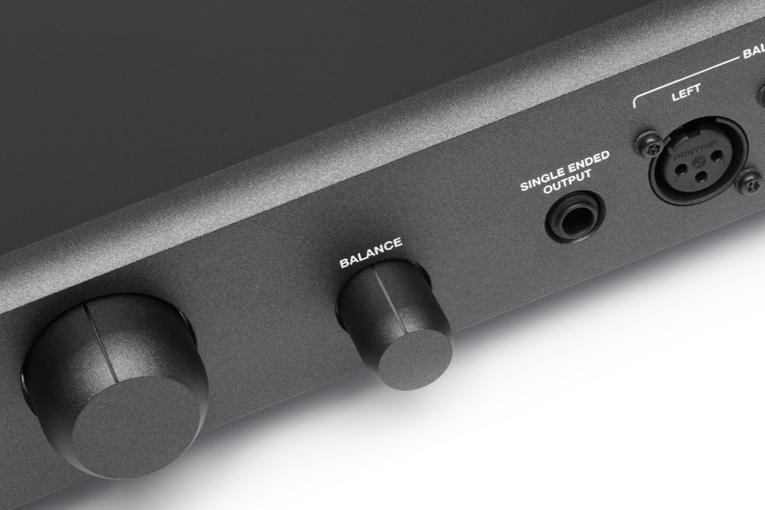
I get excited at any opportunity to play music for my friends that is far from the mainstream. The title track on Lee Morgan’s Search for the New Land is a good example. My Music Matters Jazz limited-edition 45-rpm LP (Blue Note / Music Matters MMBST-84169) sounds infinitely better than any streaming version I have heard. Each solo in this track, which is more than 15 minutes long, brings with it a sense of transformation. It opens with Wayne Shorter’s tenor saxophone, mellow and warm, playing seamlessly with Morgan’s trumpet before Morgan takes it solo. The speed and dynamics of the presentation caught me here by surprise, more than once eliciting an involuntary “wow!” This track showcases brilliant solos by Wayne Shorter and Herbie Hancock, but Grant Green’s guitar solo is magical. Each string pluck was crisp and well defined, its decay sounding natural in a way I had not heard before.
I then switched gears: I disconnected the Kimber Kables from the BHA-1’s balanced output and connected the Sennheiser HD6XX headphones to it (the only ones I have with balanced inputs). The fixed output from the Moon 390 was still supplying the audio signal. I played “Search for the New Land” again. It never gets old. Although the Sennheiser HD6XX headphones are rolled off in the lower frequencies, they do well with trumpet and guitar solos, and I was really enjoying listening to this song. Reginald Workman’s bass was unexpectedly quick and textured and had just enough weight for his presence to be felt as well as heard. I also noticed that Hancock’s piano during Morgan’s, Shorter’s, and Green’s solos was more forward, but it was not intrusive. Hancock adapted his playing to that of each soloist, and I could hear the textural differences between his softer and firmer keystrokes.
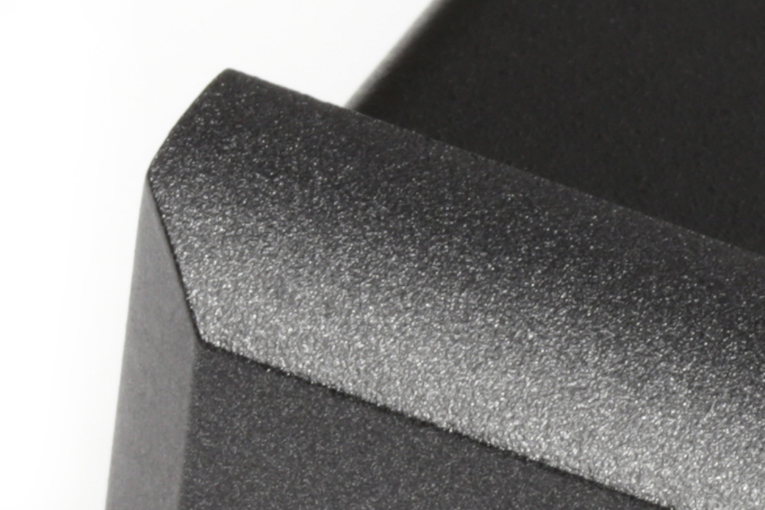
Toward the end of my undergraduate studies, I found myself short a few credits and ended up taking an ethnomusicology class. One of the assignments in this course involved attending a live performance from a curated list. I chose Katia Moraes performing live at La Ve Lee in Studio City, California. I also bought a CD of a live recording of the same performance in the same venue from an earlier date, Live April 11-12, 2003, La Ve Lee, Studio City, CA (Kufala Recordings KUF0030). “Linha De Passe,” by Katia Moraes & Sambaguru, is a fast-tempo Brazilian-jazz song with Moraes singing lead vocals. I now switched to the Audeze LCD-2 headphones—and I was not disappointed. The electric keyboards and drums on this track are dynamic and exciting, and the BHA-1 presented them with texture and warmth. The energy from this performance is what I recall most, and the BHA-1/LCD-2 pairing conveyed that energy well. With its overall warmth, crisp highs, and impactful bass, the LCD-2 headphones proved a great match for the BHA-1.
Comparisons
On paper, the Monoprice Monolith desktop headphone amplifier and DAC (discontinued; $499.99 when available) should make a great comparison with the BHA-1, having a similar feature set. Both are a class-A design with a balanced four-pin XLR output and a 1/4″ single-ended output, balanced XLR inputs, and single-ended RCA inputs. I was curious to find out how close these two amps are in sound. I connected the Raspberry Pi Roon endpoint to the Monolith amp through its onboard DAC, using generic USB cables. The Monolith employs dual AKM 4493 DAC chips, which were more than adequate for the purposes of this comparison. To be sure, I also tried the Chord Qutest DAC with the Monolith. This pairing was not the best.
The HD6XX headphones have an impedance of 300 ohms and sensitivity of 103dB/mW, and the Monolith had plenty of power to make these headphones perform at their best. French Kiwi Juice (FKJ), for his unique blending of jazz, R&B, and electronic, is one of my favorite artists. Most impressively, he is a multi-instrumentalist who plays many of the instruments in his songs. A great example of FKJ’s sound is “Risk,” on Ylang Ylang EP (24/44.1 FLAC, Mom+Pop/Tidal), featuring Bas, in layered rapping sections, and a prominent, melodious, warm guitar. Bas’s layered vocals were presented with good separation and a midrange focus that was clear and controlled. The upper ranges on this song had a bit of a bite but were not discordant. The overall presentation was clear and neutral despite the warm nature of this track.
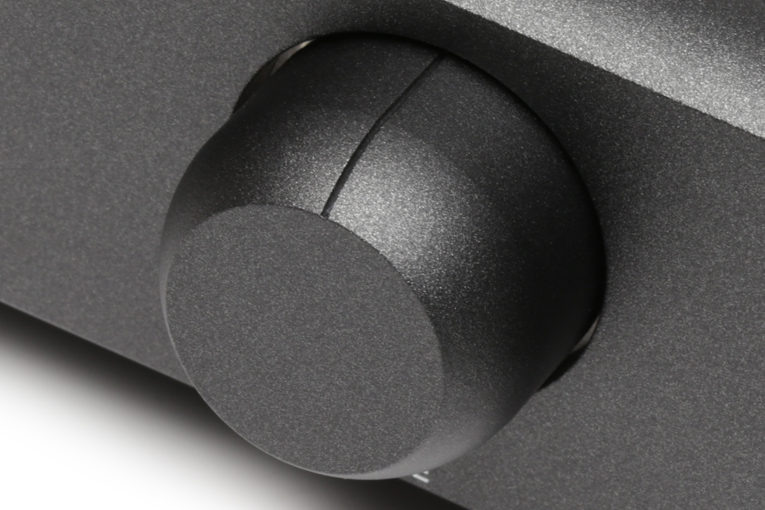
I then played “Risk” again, using the BHA-1, with the Moon 390 streaming Tidal through Roon. I noticed that the soundstage was definitely wider and deeper now than with the Monolith. Bas’s voiceover had a more defined layer separation, which allowed me to hear his lower register more clearly. I also felt that the top end was more open. With the Monolith, the upper frequencies were a little hazy. That haze was completely gone with the BHA-1. The chirping of the cricket in the background, for instance, was clearer and slightly more forward (though not obtrusively so), and I was more aware of it. The greatest difference between the two amps, however, was in the bass: impact, texture, and control. Whereas with the BHA-1, the bass was quick and punchy—which, again, was impressive, considering the HD6XX headphones’ low-range limitation—with the Monolith, the bass sounded rather thin. Driven by the BHA-1, the HD6XX ’phones sounded better than I thought possible.
To assess the single-ended output of the BHA-1, I compared it to that of my Rupert Neve RNHP Precision headphone amplifier ($549), and to that of the Monolith. I connected the Rupert Neve RNHP to the fixed output of the Moon 390 using the Venom RCA interconnects that linked the BHA-1 to it before. The Monolith was still connected to the Raspberry Pi. I now used my Audeze LCD-2 headphones, with which I am most familiar. This made subtle differences easier to discern. I was in a relaxed mood and decided to play “Fix It,” by Lady Blackbird, on Black Acid Soul (24/44.1 MQA, BMG Rights Management (UK) / Tidal), a song I knew I could happily listen to repeatedly—as I did, with three pairs of headphones and three amplifiers.
The Rupert Neve did not present as dark a background as the Monolith, I noticed, but the BHA-1 was darker still, allowing Jon Flaugher’s double bass to shine brilliantly against the black background, its texture fully exposed. The overall presentation of the Rupert Neve was much warmer than that of the BHA-1, which at times felt distracting. Together with the warm LCD-2 sound, it was too much of a good thing on this track.
Next, I plugged the 1/4″ single-ended cable of the Audeze LCD-2 headphones into the Monolith, still fed by the Raspberry Pi through its internal DAC, and tapped Repeat on “Fix It.” Flaugher’s double bass was still deep and impactful, but not as warm as with the Rupert Neve. In terms of driver control, the Monolith was better than the Neve but not quite as good as the BHA-1. This was most evident in the decay of piano keystrokes. Also, the Monolith’s soundstage was not as wide as that of the BHA-1 and instrument separation not as distinct.
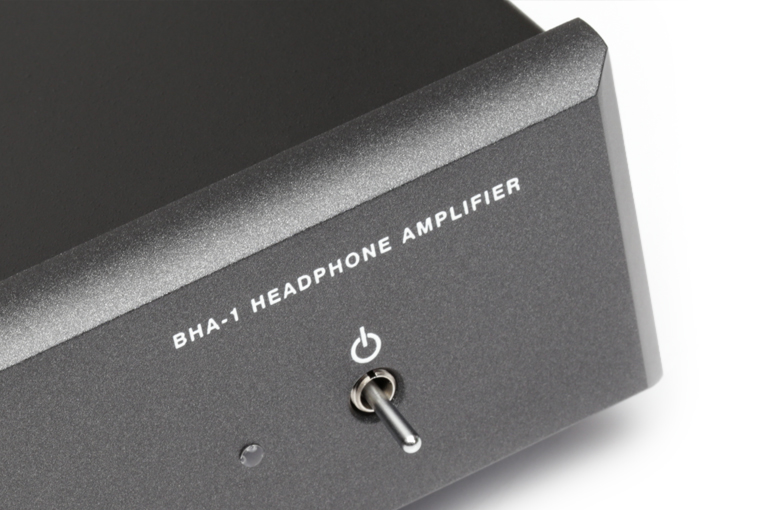
Around the time I was auditioning the Bryston BHA-1, I was also auditioning the Fostex TH616 headphones. These amazing-sounding headphones are easy to drive but perform best with a powerful amp. They too have a 1/4″ single-ended cable, which I first plugged into the Monolith. This pairing turned out to be shockingly good. Flaugher’s double bass on “Fix it” was as impactful and rich as before, but it now exuded enveloping warmth. I have always felt that the Monolith was clinical in its presentation. The TH616 headphones allowed it the expressive freedom denied to it by the LCD-2s.
When I connected the TH616 headphones to the BHA-1, the sound of Lady Blackbird’s vocals assumed a whole new level of verisimilitude as subtle details from the live performance emerged, enhancing the realism of the playback. I remember my voice coach telling me that breath control was key to a vocal performance. With the BHA‑1/TH616 pairing I could hear every little breath in Lady Blackbird’s singing. I was also able to hear the slightest sliding of the left hand on the double bass’s neck. This layer of sonic detail was recessed with the Monolith. I did not notice it until after I heard it with the BHA-1.
Conclusion
The Bryston BHA-1 headphone amplifier has proved thoroughly enjoyable. It is a serious, robust, full-size component that would be right at home in an audio rack. It can supply enough power through its balanced and single-ended outputs to drive even the most stubborn of headphones. The BHA-1 is a quiet amplifier, with superb driver control and a neutral, clear presentation. It revealed sonic detail, in familiar recordings, I was never aware of. To experience the BHA-1 is to become a Bryston fan!
. . . Killain Jones
Associated Equipment
- Headphones: Audeze LCD-2 Closed Back, Sennheiser HD 6XX, Fostex TH616, Meze Rai Solo.
- Headphone amplifiers: Rubert Neve RNHP Precision, Monolith Desktop Headphone Amplifier and DAC with THX AAA Technology.
- Server: Innous Zen Mk3.
- Streamer: Raspberry Pi 4, Simaudio Moon 390.
- DAC: Chord Electronics Qutest, Simaudio Moon 390.
- Cables: Shunyata Research Venom (RCA), Kimber Kable Select KS.
- Power distributor/conditioner: Audioquest PowerQuest 3.
- Power cord: Shunyata Research Venom HC (for Bryston BHA-1), Audioquest Storm Series Thunder power cable (for Audioquest Niagara 1200 power conditioner).
Bryston BHA-1 Headphone Amplifier
Price: $2495.
Warranty: 20 years, parts and labor.
Bryston Ltd.
2885 Highway 60
Dwight, Ontario P0A 1H0
Canada
Phone: (705) 742-5325
Website: www.bryston.com




